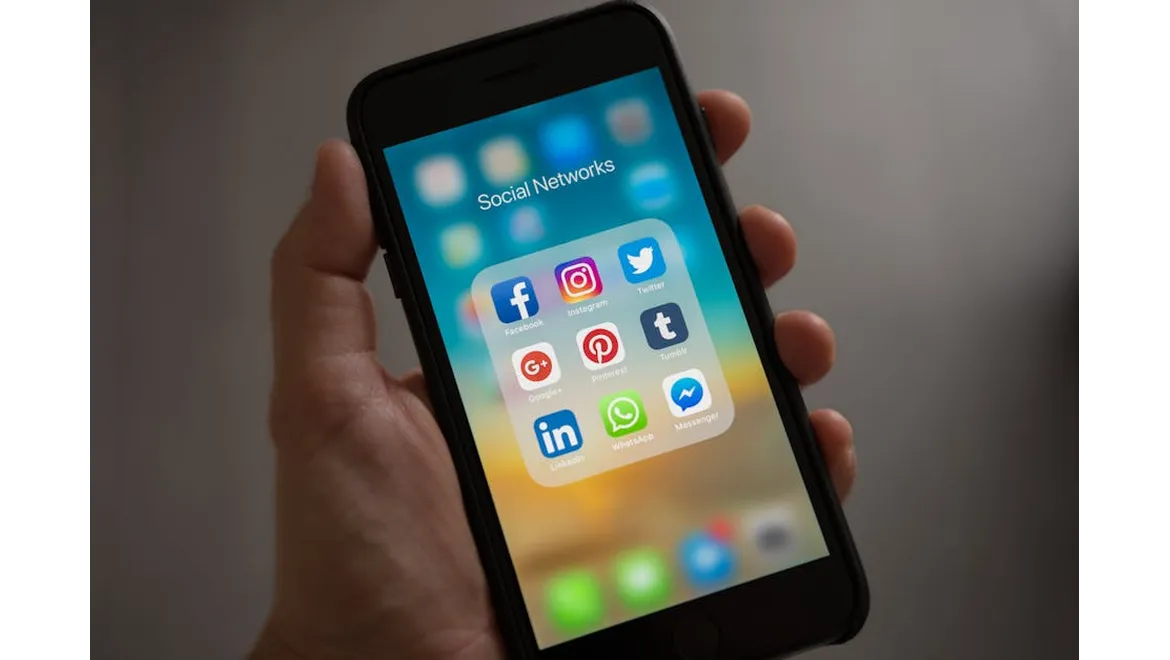Right, let’s talk Facebook and turning our employees into brand champions! I was chatting with Callum the other day about this, specifically around setting up an employee advocacy program. It’s about so much more than just asking people to share company updates; it’s about building trust and genuinely amplifying our message. We had a really productive discussion, and I wanted to share some of the key takeaways.
Addressing the Privacy Elephant in the Room
Callum’s first point, and a really crucial one, was employee anxiety around privacy. No one wants to feel forced to plaster their personal Facebook with company stuff. We realised transparency and choice are paramount. First, you need to acknowledge the potential discomfort. Be upfront about the program’s goals and, crucially, emphasise that participation is voluntary. Nobody should feel pressured.
Next, offer iron-clad privacy guidelines. We’re thinking about creating a simple document that outlines the program, including examples of appropriate and inappropriate content, and clear guidance on how to adjust Facebook privacy settings to control who sees what. For example, demonstrating how to create custom friend lists on Facebook and control who sees company-related posts. It’s about empowering them to share confidently, knowing they’re in control. This is essential for maintaining trust and making employees feel comfortable. Providing resources, like FAQs and direct contact information for someone who can answer privacy-related questions, is also vital.
Beyond the Share Button: Content Boundaries and Brand Voice
Sharing isn’t just about broadcasting; it’s about engaging. Callum stressed the importance of content boundaries. Employees shouldn’t be expected to share anything that makes them uncomfortable. Define what’s ‘on-brand’ and what’s not. This could involve training sessions where we discuss tone of voice, appropriate topics, and how to respectfully respond to comments, even negative ones.
We’re also thinking about providing pre-approved content snippets and images that employees can easily share. But here’s the key: encourage personalisation! Generic posts get lost in the noise. We want them to add their own perspective, their own story. It’s their authenticity that builds trust. If an employee has had a great experience with the company they should feel empowered to share that.
Incentives and Recognition: More Than Just Free Coffee
Let’s be honest, everyone appreciates a little recognition. Incentives shouldn’t feel like coercion, but rather a ‘thank you’ for their advocacy. Callum and I discussed a range of options, from small gestures like company swag or team lunches, to more substantial rewards like extra holiday days or vouchers.
However, the most effective incentive is often public recognition. Highlighting top employee advocates on the company intranet, in newsletters, or even on social media, can be incredibly motivating. Make it less about the quantity of shares and more about the quality of engagement. It’s about showing them that their contributions are valued.
Innovative Ideas for New Business Generation
Now, onto the juicy bit: generating new business. This is where understanding your target audience on Facebook is critical. Who are we trying to reach, and what are their interests? If we’re targeting small business owners, for example, our employees could share articles about how our product helped them streamline their own business.
The key is engagement. Employees should be encouraged to actively participate in discussions related to their area of expertise. Think answering questions in industry groups, sharing insights, and generally positioning themselves as thought leaders. This not only builds trust but also subtly promotes our brand. One idea we had was to encourage employees to create short video testimonials showcasing how our product or service has benefited them or their teams. These videos are then shared on their personal Facebook profiles. This adds a personal touch and authenticity that resonates with potential customers.
Understanding Your Target and Engaging Considerately
Callum was really keen to emphasise that we need to deeply understand the target market. What are their pain points? What are their aspirations? The content shared by employees should address these needs and showcase how our company can help. Encouraging employees to share behind-the-scenes glimpses of the company culture or team activities is another great way to humanise the brand and attract potential customers. By demonstrating that the company values its employees, it instils confidence and trust in potential clients.
This also involves understanding cultural sensitivities. What might be acceptable in one region might be offensive in another. Providing employees with guidance on how to tailor their messaging to different audiences is essential.
Ultimately, building an employee advocacy program on Facebook is a long-term investment. It’s about empowering our employees to become genuine brand ambassadors, building trust through authenticity, and ultimately generating new business in a way that feels organic and engaging. It requires careful planning, clear guidelines, and a commitment to respecting employee privacy and autonomy. It’s not a quick fix, but a strategic approach to building a stronger, more trusted brand. I’m definitely feeling more confident about putting this into action now!











